Table of Contents[Hide][Show]
- 1. How much do carbs influence your numbers?
- 2. What’s the best source of carbs to eat?
- 3. Do our bodies need carbohydrates?
- 4. What foods are low in carbs but also filling and healthy?
- 5. Does it help to eat meals prepared with the lowest carb counts?
- 6. How many carbs a day am I supposed to have?
- 7. Carbs to sugar is very similar in both white and brown rice/ pasta, is brown better solely because of fiber?
- 8. Are “low carb” pasta’s OK to eat?
- 9. Is there a list of foods with their carb /sugar numbers for single servings?
- 10. Can I limit my carbs for breakfast and lunch and splurge a little on my dinner meal for a special occasion?
- 11. How does cooking food change the carb content?
- 12. Are vegetables sufficient as carbs without having potatoes or rice as well?
- 13. Where can you find low carb items?
- 14. What is the the difference between carbs and calories?
- 15. Where can I find meal plans and recipes that I don’t have to calculate carbs, fats, sugar, etc?
Carbs, carbs, carbs. Without a doubt being a person with diabetes, you need to know as much as possible about the whole carbohydrate ordeal.
And when it comes to carbs, we get tons of questions on the topic. Here we’ve gathered up 15 of those carbohydrate questions with their answers.
If you’ve got a question yourself, leave your comments below and we’ll do our best to answer them.
1. How much do carbs influence your numbers?
A lot!
Carbohydrates are the single biggest thing that influences both blood sugar levels and A1C numbers.
All carbohydrates break down to glucose, glucose enters your bloodstream (aka: blood sugar level). Different types of carbohydrates do enter the bloodstream at different rates. For instance, a simple carb digests faster, causing a quicker response, while a complex low glycemic index carb will digest slower and cause a slower, steadier rise in blood sugar.
But, while the type of carb is important, the total amount of carbs you eat is the major contributing factor to both blood sugar and A1C results.
2. What’s the best source of carbs to eat?
That’s easy…VEGETABLES.
Many people think of carbohydrates as pasta, bread and rice. While these are carbs, vegetables are also a carbohydrate – the type of carb you want to eat more of.
If you decrease your intake of pasta, bread and rice and increase your intake of non starchy vegetables, and you’ll be well on your way to better numbers.
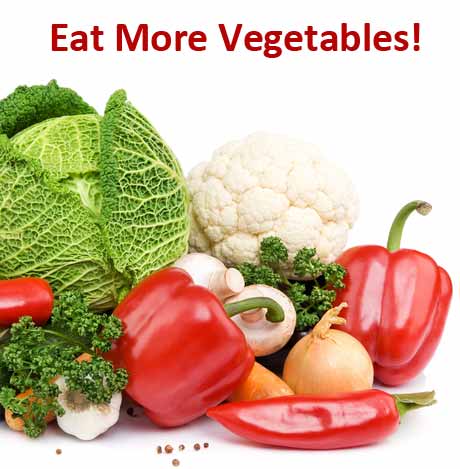
3. Do our bodies need carbohydrates?
Our bodies do prefer carbohydrates (glucose) as a fuel source. However, we don’t need it as much as we’ve been led to believe.
You see, carbohydrates are not an essential nutrient. If we didn’t eat them, our body can use both protein and fat for energy. While it’s not necessary to follow a no carb diet, cutting back on carbs has been shown to benefit type 2 diabetes in many ways – lower blood sugar and A1C, improved cholesterol, lower weight loss, reduced medication needs and so forth.
4. What foods are low in carbs but also filling and healthy?
VEGETABLES.
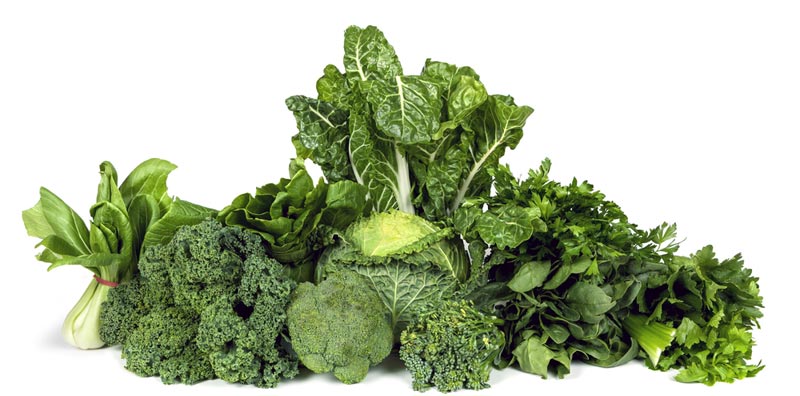
Non starchy vegetables are the lowest in carbs and they are full of fiber, which fills you up. Most people don’t eat enough vegetables so if you feel hungry, load up on more of these 20 all-you-can-eat veggies.
You can also increase sources of healthy fat – no, that’s not a free license to go and chow down on all the pork rinds and bacon fat you like, far from it. Those are not the most healthy options.
We’re talking about eating more avocado (try our guacamole dip), olives, virgin olive oil, nuts, seeds and such.
5. Does it help to eat meals prepared with the lowest carb counts?
Well it certainly helps to eat meals that are low carb – and most people do need to eat lower carb. But eating low carb doesn’t mean eating no carbs either.
If you’re making recipes that contain 60 g carbs per meal, you’re going to struggle to lower levels. On the other hand, sticking to around 20 g per meal or less seems to be a sweet spot for many people.
6. How many carbs a day am I supposed to have?
There isn’t one clear definitive answer to this, however, we encourage a low carb diet because research shows it works. And our experience does too!
A low carbohydrate diet is generally defined as below 130 g per day, or below 26% total energy intake.
Our meal plans are based on an average 80 g/ day carbs, which seems to be a sweet spot. But some people can go as much as 120 g/ day and still do fine. Any higher than that and you may find it more difficult to manage blood sugar levels.
Find a sample 2 day menu over here.
7. Carbs to sugar is very similar in both white and brown rice/ pasta, is brown better solely because of fiber?
The short answer is yes. Dr. Robert Lustig once explained that when we eat fiber it forms a lattice-like structure in our gut that dramatically slows down digestion and therefore uptake of nutrients – in this case, namely carbs.
The glycemic index (GI) demonstrates this: brown rice is around 50, white rice 65+ depending on the type of rice.
Glycemic index rating works like this:
Low = GI value 55 or less | Medium = GI value of 56 – 69 inclusive | High = GI 70 or more
Brown rice is low GI, white rice is medium to high GI, depending on the type of rice. It’s the fiber that changes this. But, the thing to be careful of with either white or brown rice is that they are both high carb foods. Rice has around 23 g carbs in 1/2 cup. Once you add other meal items on top of this, your carb count is going to stack up, fast.
Though some people can eat rice and still manage to keep blood sugar levels under control, majority of people with type 2 diabetes don’t tolerate rice well.
8. Are “low carb” pasta’s OK to eat?
Yes, they certainly are.
There are many alternatives now including konjac/shiritaki noodles, Atkins low carb penne, and another alternative – and one we prefer most of the time – is to make zoodles. Read more about how to spiralize vegetables into noodles here.
Check out this delicious Olive Herb Chicken Zoodle Salad.
9. Is there a list of foods with their carb /sugar numbers for single servings?
Someone said: “I was a Weight Watcher and they had several printed booklets with detailed ‘points’ numbers for exact portions.”
This is a question that comes up frequently because it does make it a bit confusing when 10 g carbs of one item is one cup, 10 g of another item is one slice, while yet another is half a cup – how on earth do you get your head around it?
You might have seen some lists that point out 15 g carb snacks. Unfortunately, when it comes to carbs, there are just too many to have one list like Weight Watchers points. However, inside our members area we do have many detailed food guides that also contain food charts by carbs.
In general, if you stick to this list of foods you’ll find you won’t have to count carbs as closely.
10. Can I limit my carbs for breakfast and lunch and splurge a little on my dinner meal for a special occasion?
It doesn’t really work like that unfortunately. When we eat carbs, our body uses what it can for immediate energy and stores what it can in the liver and muscles for later use, the rest that can’t get stored in the liver and muscles, gets stored as fat. So there’s only so many carbs our body can handle at any given time.
If you skip carbs at breakfast or lunch it won’t mean your blood glucose won’t go up as much at dinner or if you splurge. In fact, it could mean it goes up more because your body will ‘react’ more to the sudden stream of glucose.
Overall, what works best is getting your levels under control on an everyday basis. Then, you’ll be able to have those occasionally splurges without seeing too much overall impact.
Please pin, tweet or share this info, then keep on reading. :)
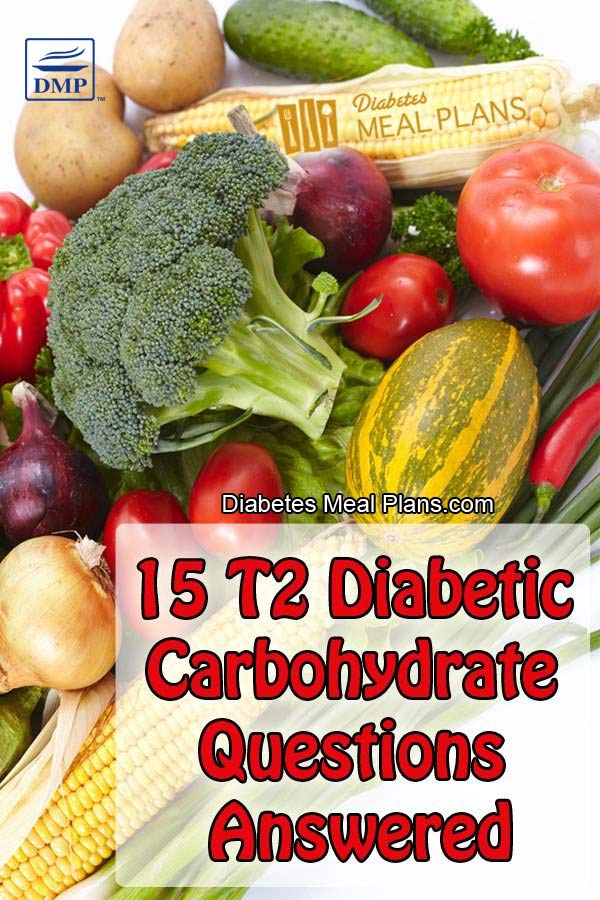
11. How does cooking food change the carb content?
This is a tough one to answer because it depends. Some foods won’t change a lot, others will increase, and some may even decrease in carb count.
If you need to search for reliable food values, try using the NSDA nutrition database.
12. Are vegetables sufficient as carbs without having potatoes or rice as well?
Absolutely yes!
Vegetables are carbohydrates and they are the type of carbs you need to rely on, especially non starchy vegetables. These will still add up overall over the day, providing you with ample carbs, but they won’t impact your blood sugar like potatoes and rice.
13. Where can you find low carb items?
You can find most of what you need at the local supermarket – meats, chicken, fish, eggs, dairy, vegetables and healthy fats like olive oil, avocado and nuts.
Farmers markets are a great place to find fresh local produce. Health food stores will have the few unusual things you might need – stevia, low carb flours and such.
Netrition is a great online low carb food store. Amazon stocks low carb foods you can purchase online.
14. What is the the difference between carbs and calories?
Carbohydrates are a macronutrient. We have 3 macronutrients – carbohydrates, protein and fat.
Calories refers to the amount of energy those macronutrients provide to the body.
Both carbohydrates and protein provide 4 calories of energy per gram, fat provides 9 calories of energy per gram.
15. Where can I find meal plans and recipes that I don’t have to calculate carbs, fats, sugar, etc?
Here at Diabetes Meal Plans, of course!
We provide our members with delicious weekly meal plans to help make life easier. We have more than 1000 blood sugar friendly recipes available to our members, all with nutrition facts included. Plus, our members receive ongoing support.
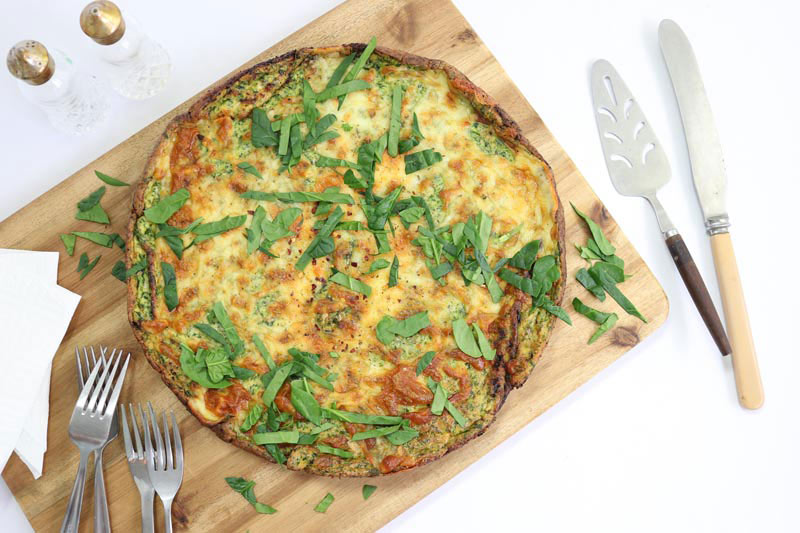
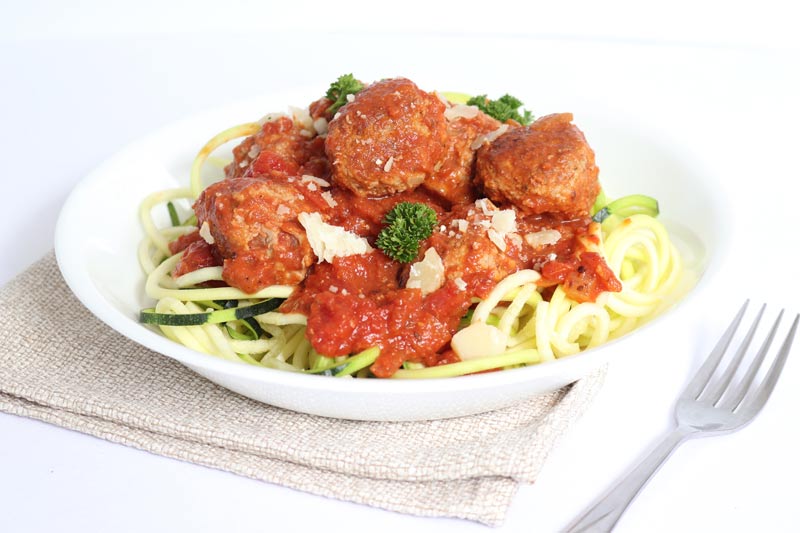
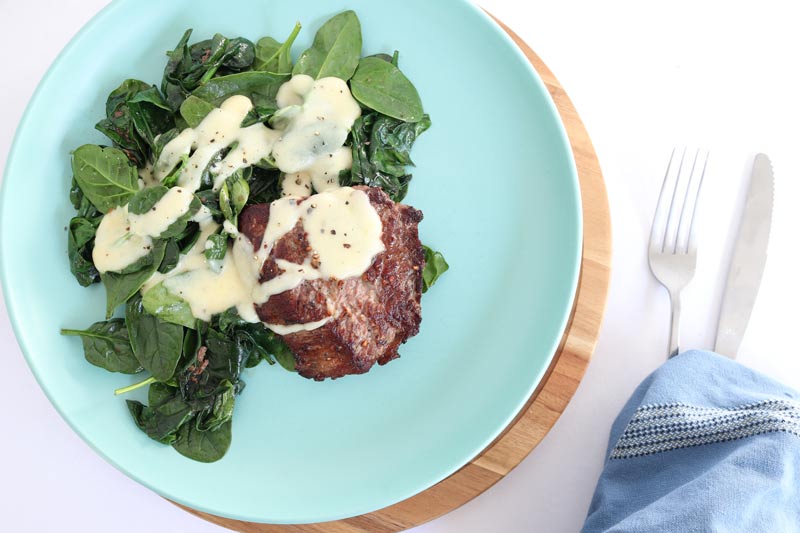
We’re more than just meal plans, DMP is a unique online nutrition service dedicated to helping people with type 2 diabetes and prediabetes lower blood sugar and A1c and improve their health. We’re proud to say our members are achieving great results. Let us help you too!
- Weekly meal plans
- Food guides
- Diet and health resources
- Personal help and support
Check out our membership options here.
Please pin, tweet or share this info to help others. Thanks!
If you’ve got a question yourself, be sure to leave it in the comments below. :)

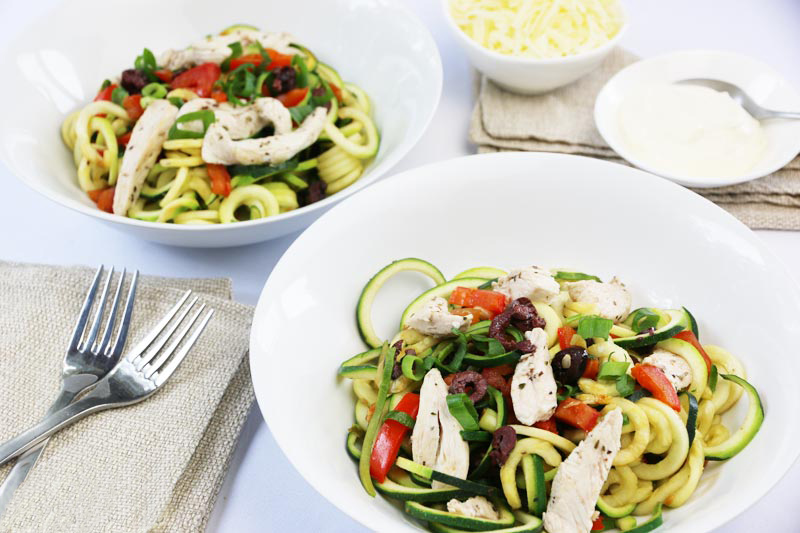

Ann Leske
My doctor changed me to a short acting Insulin before meals, a long acting at bedtime and a once a week non-Insulin. She also changed the short acting to the total number of carbs per meal divided by 4 to determine the number of units I am to take. I thought I could do 15 grams of carbs per meal, but I am having problems. My A1C went from 7.3 to 6.9. Would your plan help?
Emily - Dietitian (MS, RD)
We have many, many members who have found great success in following a low carbohydrate diet – you can read more about the science and evidence behind a low carbohydrate diet here.
One word of caution: Please consult with you doctor before making any drastic diet changes. If you continue taking the same amount of insulin and significantly reduce your carbohydrate intake you may find that your blood sugar drops dangerously low. (In other words, you may find that your doctor can reduce or eliminate some of the medication.) Do not ever make any adjustments to your medication without discussing with your doctor first.
sandy doft
I have heard that if you cook rice, pasta and potatoes then let them cool in refrigerator for atleast 12 hours and don’t reheat them they are half the calories and carbs because they somehow change them???
Malorie: Dietitian (MS, RD, CLT)
Hi Sandy, these food contain “resistance starch” that is initially lost during cooking and then re-formed when cooled. Resistant starch is a type of fiber that can be beneficial to our gut bacteria. The net carbs may be slightly lower since the fiber content of the food increases but it is certainly not cutting the calories and carbs in half!
Jim
I first found DMP just before Thanksgiving. OH well! I actually joined in mid January. My blood glucose varied from 200 to 250 and I felt very out of control. Now I’m a pretty consistent 160 and slowly going down. I have also dropped 8 pounds. I do the cooking for my wife, daughter and grandson (7) so I am challenged to provide something everyone will eat. I have made some adaptations to some favorite recipes so they work for me and I have learned to just be more selfish about feeding my own needs. not easy.
My food desires are relatively simple but really crave some strong tastes periodically. Are half sour pickles OK? Other than the sodium the label is not sending me any warnings.
Jedha
Awesome Jim, that’s fantastic news, well done! Sounds like you’re traveling along well. Yes, most half sour pickles are fine, they are generally low in carbs.
Joy
I’ve Heard About “no gPS” (Grains, Potatoes,Sugar) for diabetes. Is quinoa allowed? If not what would Be an acceptable alternative?
Jedha
Hi Joy, quinoa is still a high carb food, coming in around 20 g per half cup. You could try it and see how it affects your numbers but in general we don’t recommend quinoa as we encourage a low carb diet. We often recommend cauliflower rice, konjac noodles, or other low carb options.
Jeanette Molczan
Hi Jedha,
I was diagnosed with Type 2 Diabetes in October of 2015. Could you please Explain to me how to figure out the correct carbs on packaged goods?
Thanks,
Jeanette Molczan
Jedha
Hi Jeanette, we are working on a food label tutorial but when it comes to carbs it’s easy. Ignore everything except the total carbs – sugar means nothing because it’s not a reflection of whether a food has natural sugar or added sugar. If you’re counting net carbs, then you minus fiber from total carbs. For instance, if the total carbs are 12 and fiber is 4, your net carbs is 8 – this is the available carbs, as we don’t really digest fiber.
It is recommended to start with total carbs (lowering your overall carb intake), so all you have to be concerned about is the total amount of carbs on the label. And one other very important point – check the serving size on the label, as it’s often smaller than we would expect.
Jeanette Molczan
Jedha, Thanks for the information, I have been using the total carbs, but someone told me about taking out the fiber. So, for now on, I will just use the total. I have been eating the serving size on the labels and I know how small they are, gets you thinking about how we can overeat and not even realize that we are doing it, especially if it is yummy!!! Thanks Again for the info.
Jeanette
Jedha
Glad to help. And yes, the serving sizes are greatly misleading! Often a trip up for many.
William
Hi Jedha I was wondering at the moment I am eating Edam cheese which is a little rubbery ,can I eat in moderation Red Leicester cheese
Thank you
Jedha
Both of these cheeses have similar nutrition content overall so you can choose either one William.